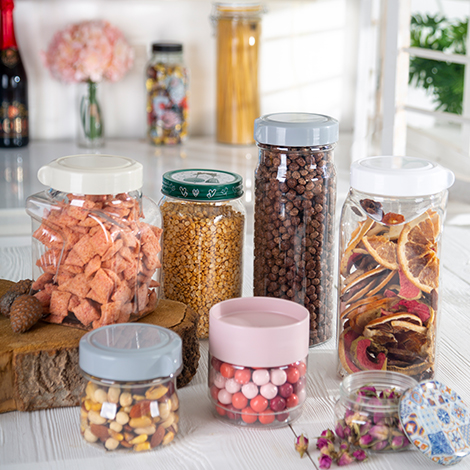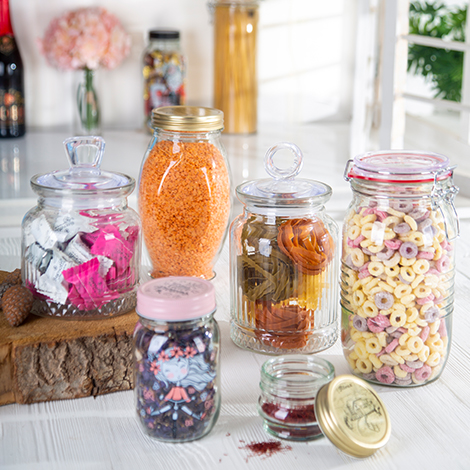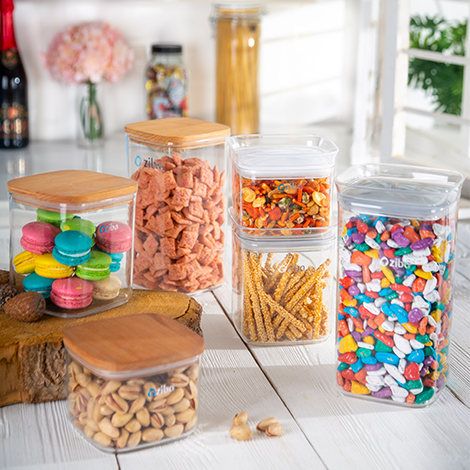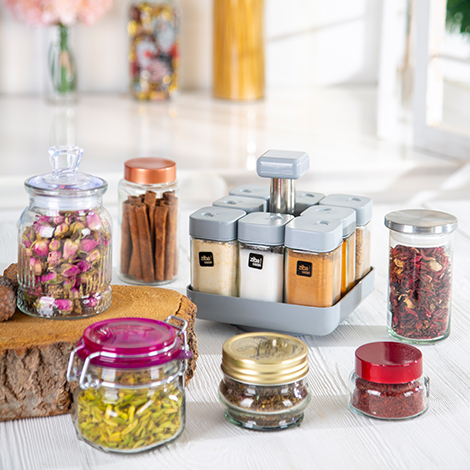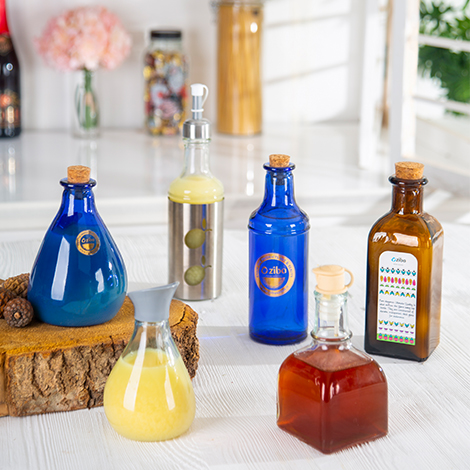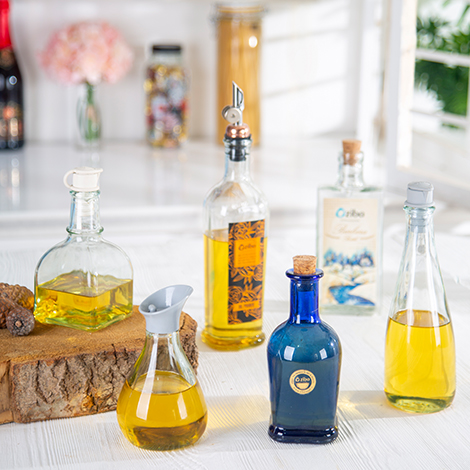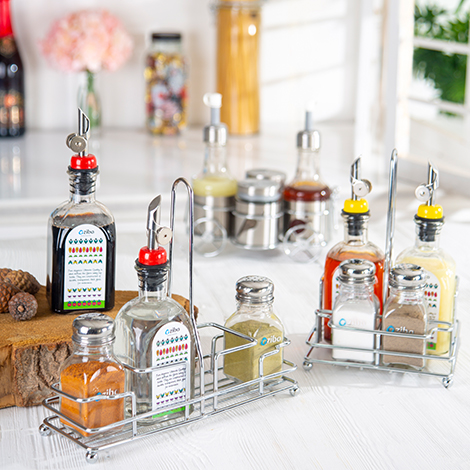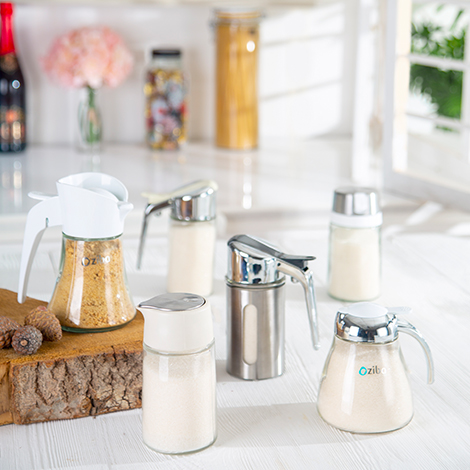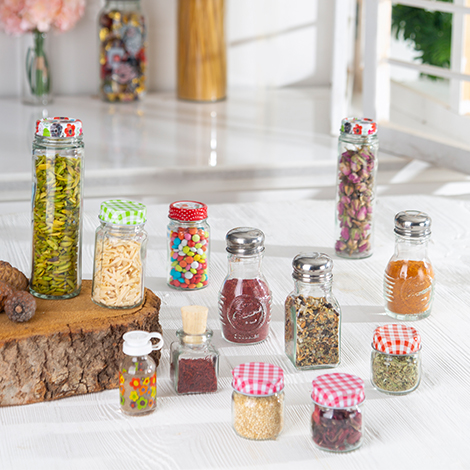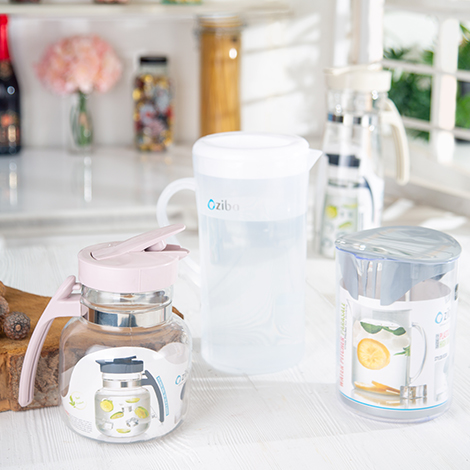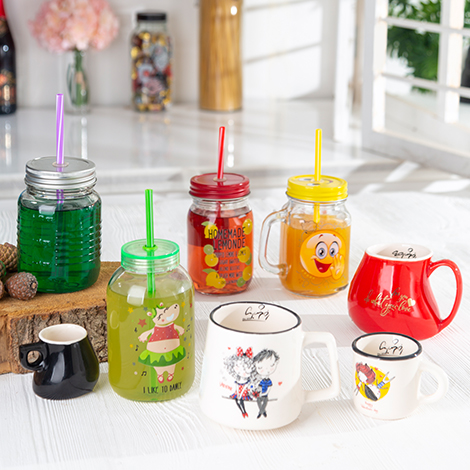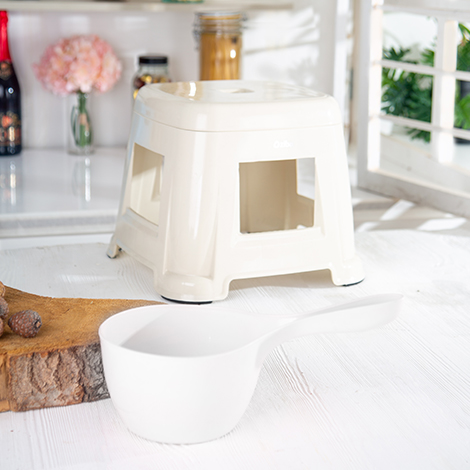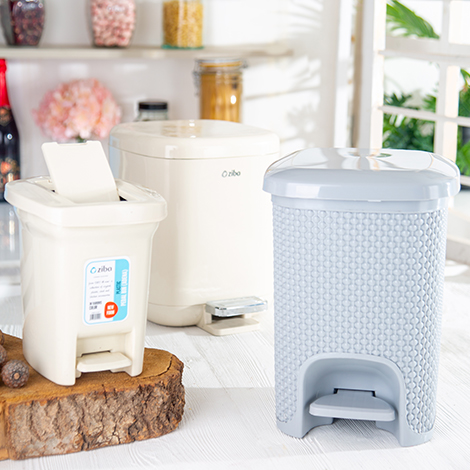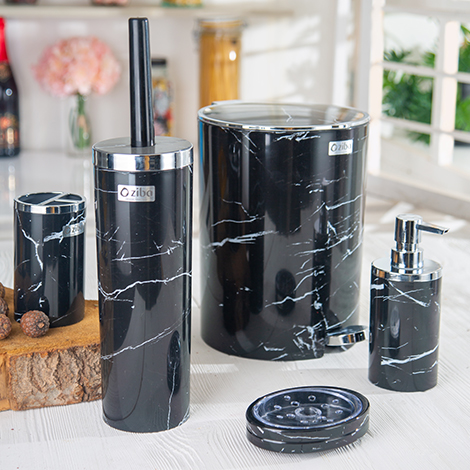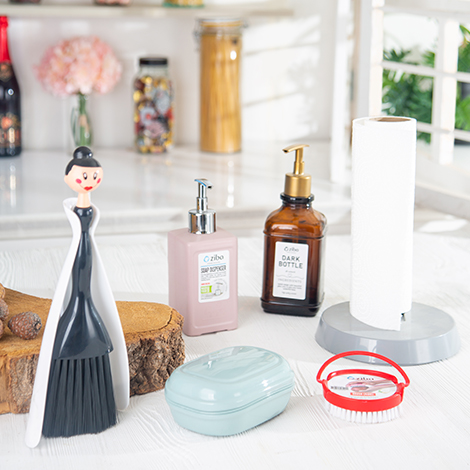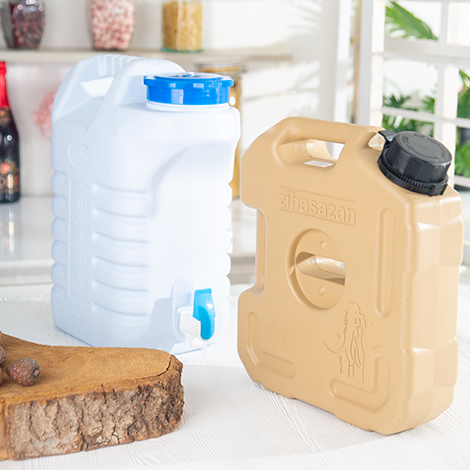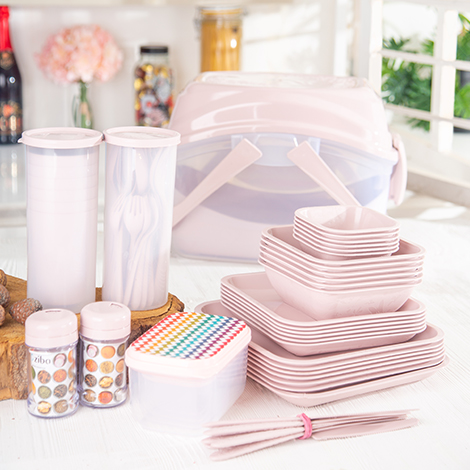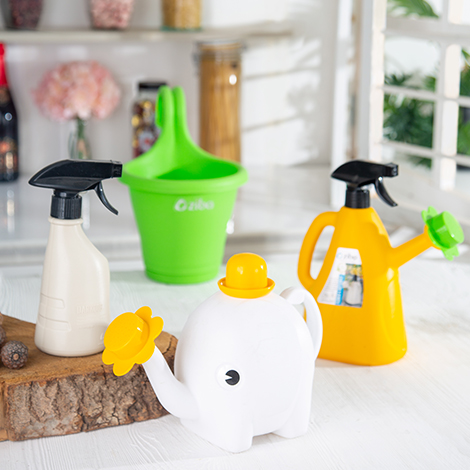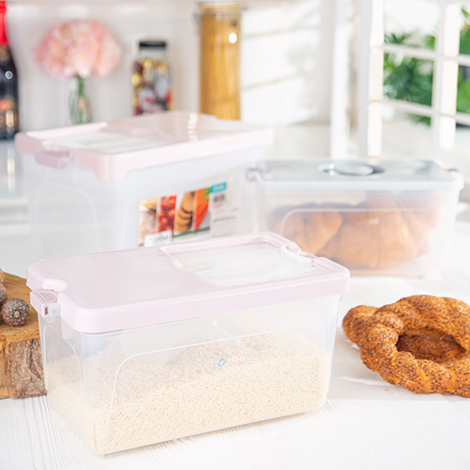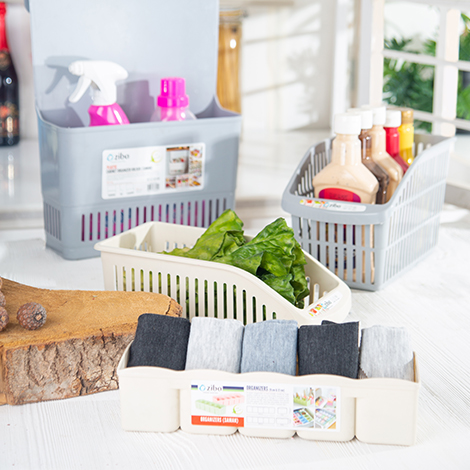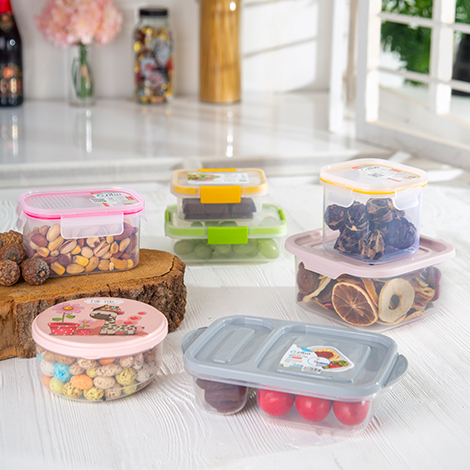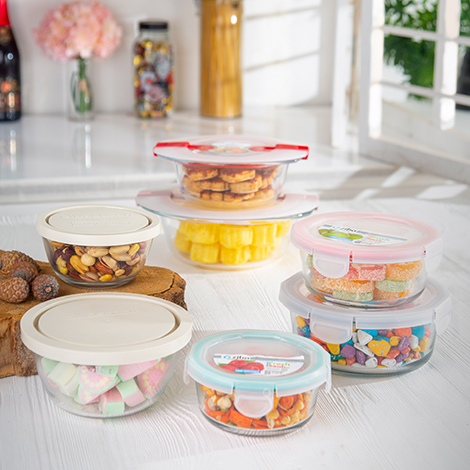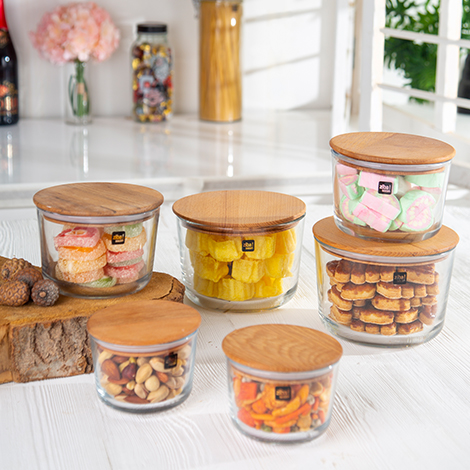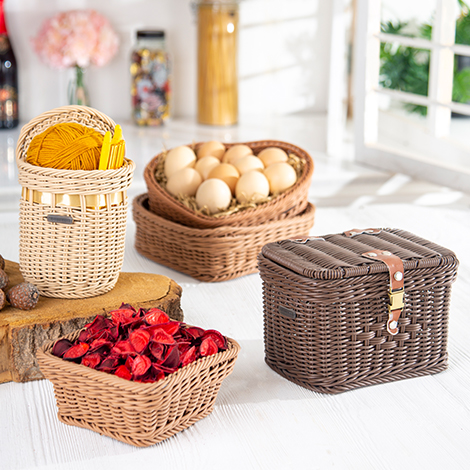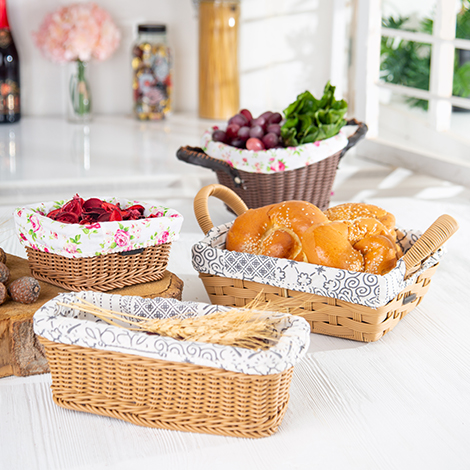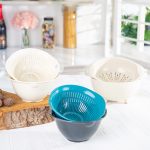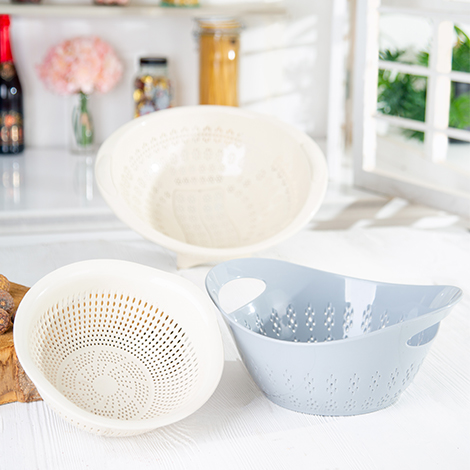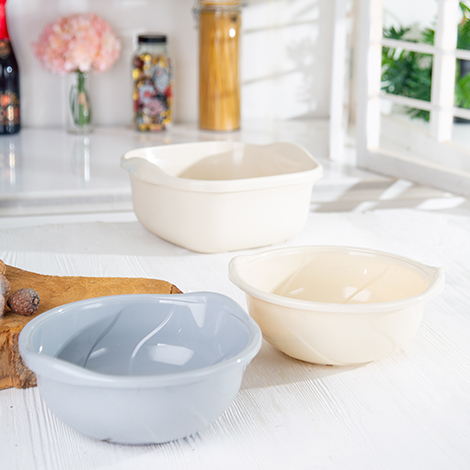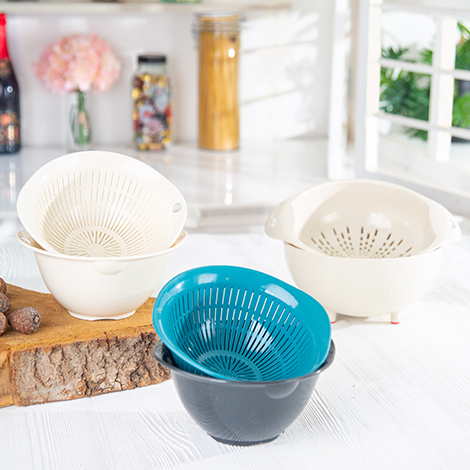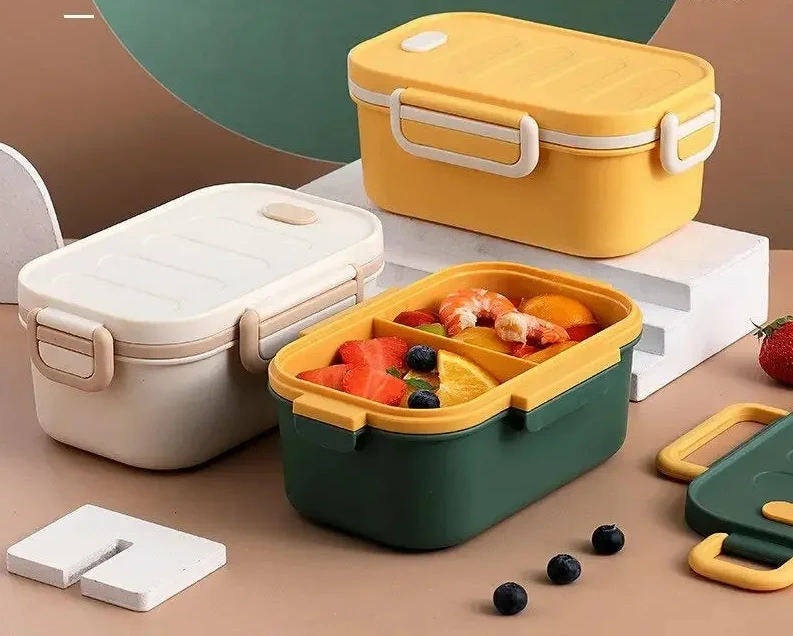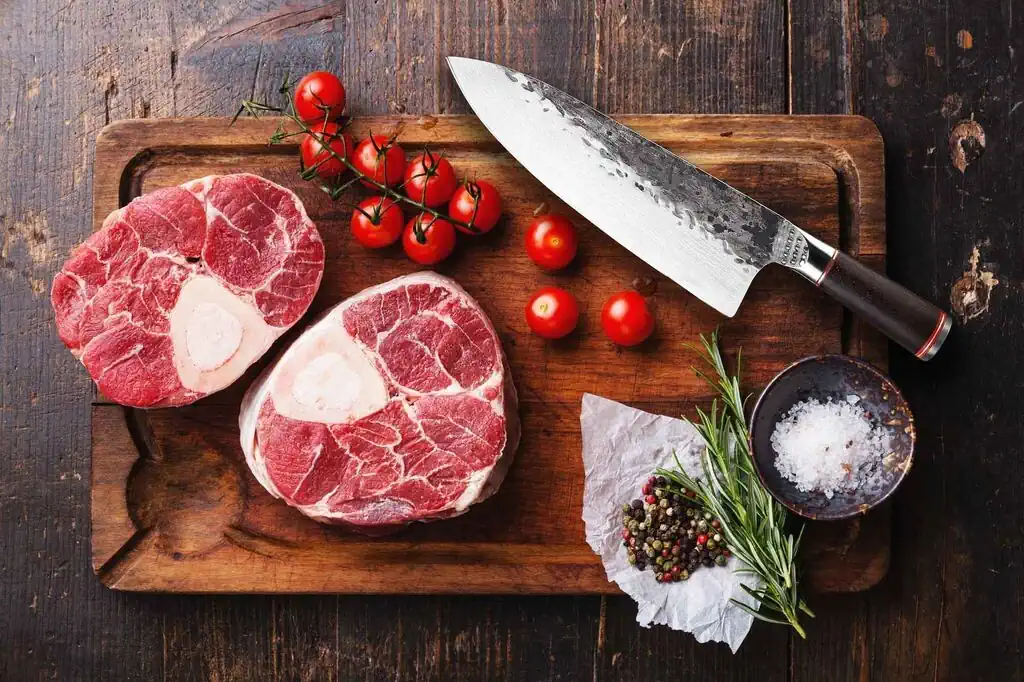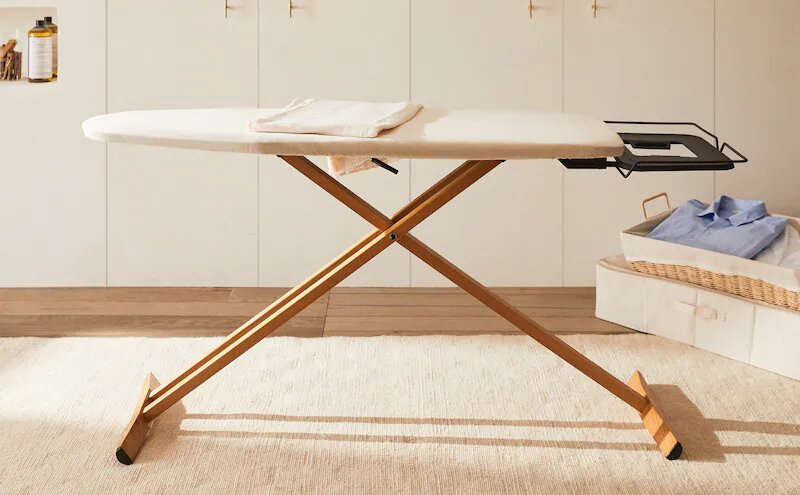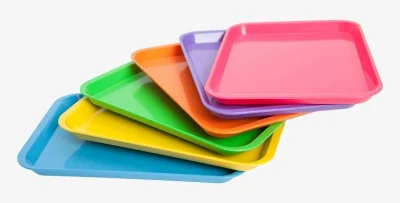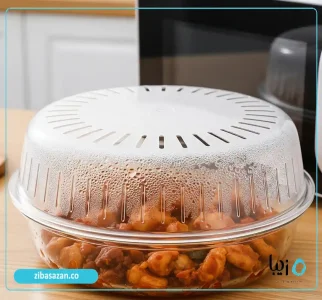Have you ever opened your microwave after reheating food, only to be greeted by a chaotic mess of splattered sauce and grease? Cleaning these splatters is not only time-consuming and frustrating, but it can also lead to unpleasant odors and reduced efficiency over time. The solution? A simple yet incredibly effective tool called a microwave cover.
This small, affordable accessory does more than just keep your microwave clean — it also improves the quality and safety of your food in ways you may not expect. In this comprehensive guide, we’ll explain what a microwave cover is, why it’s a kitchen essential, and six major benefits that every home cook should know. Read on to make reheating food easier, cleaner, and healthier.
فهرست مطالب
- 1 What Is a Microwave Cover?
- 2 How Does a Microwave Cover Work?
- 3 Why You Should Always Use a Microwave Cover
- 4 Six Essential Benefits of Using a Microwave Cover
- 5 Types of Microwave Covers and Their Features
- 6 How to Choose a Safe and Suitable Microwave Cover
- 7 Clean Regularly to Prevent Odor Buildup
- 8 Avoid Contact with Heating Elements
- 9 How Microwave Covers Prevent Food Splatters
- 10 Captures and Redirects Food Particles
- 11 Proudly Made in Iran: Zibasazan Microwave Covers
- 12 A Guide to Buying the Right Mug for Hot and Cold Drinks: Which Material is Best?
- 13 Plastic Bowl Buying Guide: How to Choose the Best Bowl for Every Need
- 14 Which Cutlery Organizer Is Right for Your Kitchen? The Best Models for Every Cabinet Size
- 15 The Best Economical Plastic Set for a Trousseau Without Extra Costs
- 16 How to Clean and Maintain Plastic Kitchenware for Long-Lasting Use
What Is a Microwave Cover?
A microwave cover is typically a dome-shaped lid placed over your dish when heating food in the microwave. Its primary function is to prevent food splatters from reaching the inner walls of the microwave during heating.
How Does a Microwave Cover Work?
Microwave covers are usually made from heat-resistant plastic, silicone, or glass. The domed design allows it to fit over most plates and bowls. Many covers come with steam vents or valves that allow excess moisture to escape, preventing pressure buildup and promoting even heat distribution — ensuring your food is warmed thoroughly and evenly.
Why You Should Always Use a Microwave Cover
Using a microwave cover isn’t just a matter of convenience — it’s a must for kitchen hygiene, safety, and appliance efficiency. Here’s why:
Preventing Contamination and Promoting Hygiene
When food heats up, water molecules turn into steam, and fats can splatter. These particles stick to the microwave walls and ceiling, creating a breeding ground for bacteria and unpleasant smells if not cleaned immediately.
A microwave cover acts as a protective barrier, preventing splashes and keeping your appliance clean. It also reduces how often you need to clean your microwave and helps extend its lifespan.
Related article: The Ultimate Guide to Heat-Resistant Spatula & Ladle Sets – Cook Like a Pro!
Six Essential Benefits of Using a Microwave Cover
A microwave cover goes beyond cleanliness. It improves the taste, texture, and quality of your food. Here are six benefits every cook should know:
- Prevents Food Splatters and Keeps Your Microwave Clean
The most well-known benefit is its ability to stop grease and food particles from making a mess, saving you from constant scrubbing.
- Ensures Even Heating and Prevents Dryness
By trapping steam under the cover, it helps heat circulate evenly and prevents drying out. This is especially useful for foods like bread, rice, or pasta that can quickly lose moisture.
- Retains Moisture and Freshness
Microwave covers help preserve the natural moisture of leftovers, making reheated meals taste just as fresh as when they were first cooked.
- Speeds Up Reheating
The trapped steam raises the temperature inside the container more quickly, meaning food heats up faster and more efficiently, saving you time and energy.
- Minimizes Odor Spread
Pungent foods like garlic-heavy dishes or leftovers with onions can leave strong odors. A microwave cover contains the smell, keeping your microwave and kitchen smelling fresh.
- Increases Safety and Prevents Burns
Hot liquids and greasy foods can sometimes splatter dangerously. The cover prevents this and reduces the risk of burns, especially important for kids and seniors.
Also read: What Is a Salad Spinner and How Does It Keep Greens Fresh?
Types of Microwave Covers and Their Features
Microwave covers come in various materials and designs, each with its pros and cons. Knowing the differences helps you pick the best one for your needs:
Plastic Microwave Covers (Most Common)
Made from high-quality, heat-resistant plastic.
- Pros: Lightweight, budget-friendly, available in various colors and designs.
- Features: Often come with steam vents. Some models are collapsible to save space. Look for BPA-free labels for safety.
Silicone Microwave Covers
Highly flexible and multifunctional.
- Pros: Extremely durable, heat-resistant, dishwasher safe, and easy to store.
- Features: Some stick to the rim of bowls for an airtight seal.
Glass Microwave Covers
Designed for glass or Pyrex dishes; elegant and durable.
- Pros: Very hygienic, odor-resistant, and don’t stain.
- Features: Heavier, so they require careful handling. Some have silicone rims to prevent slipping.
Helpful read: Stylish Glass Jars for Your Kitchen – What to Know Before You Buy
How to Choose a Safe and Suitable Microwave Cover
When buying a microwave cover, consider the following:
Material Safety
- BPA-Free: Especially for plastic covers — avoid harmful chemicals that can leach into food.
- Heat Resistance: Ensure the material can withstand microwave temperatures without warping or releasing toxins.
- Food-Grade Certified: Check for safety certifications for food contact.
Size and Design
- Proper Diameter: It should fit over most of your plates and bowls without touching the microwave walls.
- Handle or Knob: A raised handle makes removal safer and easier after heating.
- Steam Valves: Essential for safe pressure release and better heat distribution.
Recommended read: Best Plastic Spice Jars for a Bride’s Kitchen – A Practical Guide
Proper Use and Maintenance of Microwave Covers
Taking care of your microwave cover helps extend its life and ensures hygienic use.
Clean Regularly to Prevent Odor Buildup
Wash after every use with warm water and dish soap. Residual grease or food can cause smells and bacteria growth. Most plastic and silicone covers are dishwasher-safe. If odors persist, soak the cover in a solution of water and baking soda or vinegar.
Avoid Contact with Heating Elements
If your microwave has a grill or heating coil, keep the cover away from it to prevent melting. Always ensure the cover is placed safely on the dish and doesn’t touch any hot internal parts.
Bonus read: The Secret to a Tidy Kitchen – Why a Plastic Rice Container Matters
How Microwave Covers Prevent Food Splatters
Microwave covers act as a protective shield, preventing sauces, oils, and other hot substances from reaching the microwave’s interior.
Captures and Redirects Food Particles
As steam and oils build pressure during reheating, they can splatter outward. The microwave cover captures and redirects these splashes downward, keeping the walls clean and protecting sensitive internal components like sensors.
Also read: Top Iranian Brands for Plastic Freezer Containers – Which One Is Best?
Frequently Asked Questions About Microwave Covers
Can I use any dish under a microwave cover?
Yes, microwave covers are compatible with most microwave-safe plates and bowls (ceramic, Pyrex, or BPA-free plastic). Just make sure the dish and cover fit comfortably inside your microwave.
Does a microwave cover affect reheating time?
Yes. Since it traps steam and heat, it can speed up heating. You might need to slightly reduce the reheating time. Experiment for best results.
How do I remove odors from a plastic microwave cover?
Soak it in warm water mixed with baking soda or vinegar for 15–30 minutes, then wash with dish soap. Air dry afterward to help eliminate lingering smells.
A microwave cover may be small and simple, but its benefits are huge. It keeps your microwave clean, improves the quality of reheated food, saves time, and enhances kitchen hygiene.
The six key advantages — cleanliness, even heaing, moisture retention, faster reheating, odor control, and safety — are more than enough reasons to add one to your list of essential kitchen tools.
Proudly Made in Iran: Zibasazan Microwave Covers
Zibasazan, one of Iran’s leading producers of plastic and glass kitchenware, offers high-quality, BPA-free microwave covers with smart designs and excellent durability. With Zibasazan, you’re choosing a product that improves both the cleanliness and performance of your kitchen.


